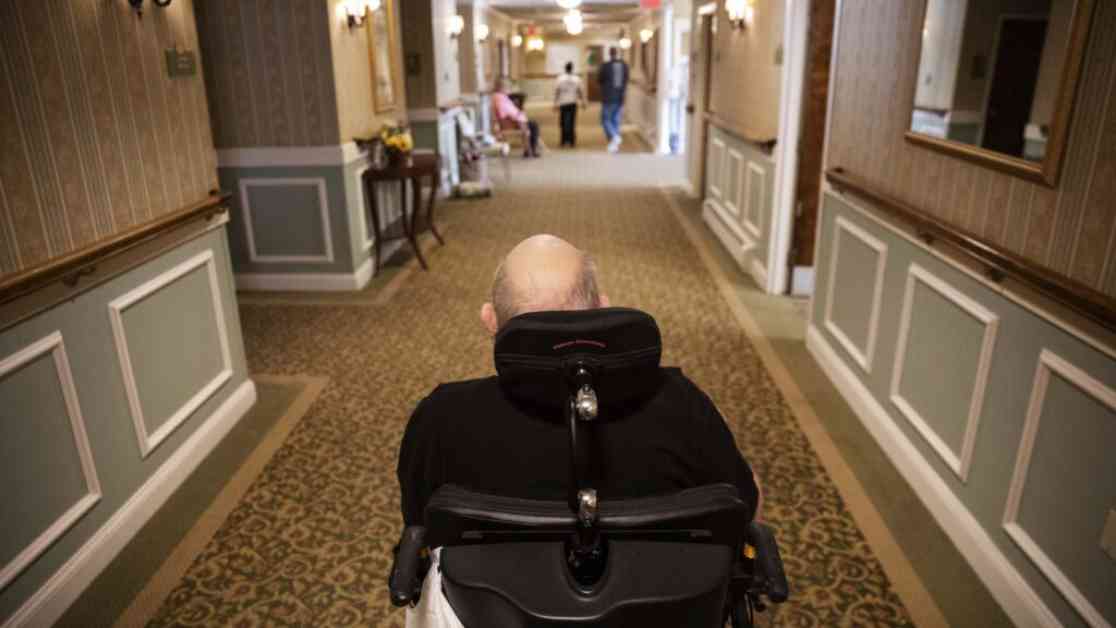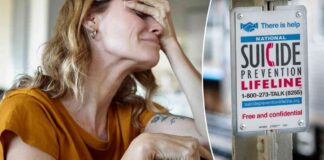Federal Court Ruling Benefits Nursing Home Residents with Disabilities: Q&A
Over the past three decades, a significant shift in health policy has emerged, focusing on enabling individuals with disabilities to live and receive care in their communities rather than institutional settings like psychiatric hospitals and intermediate care facilities.
A recent New Year’s Eve ruling from the U.S. District Court for the District of Columbia is poised to accelerate this transition, bringing nursing home residents under the community care umbrella. After fifteen years since the AARP Foundation lawyers and others initiated the lawsuit, the court has determined that the district unlawfully segregated individuals with disabilities by preventing them from transitioning out of Medicaid-funded nursing homes.
Kelly Bagby, the vice president of litigation at AARP Foundation, emphasized the importance of not segregating people with disabilities. She stated, “It’s unacceptable to segregate people with disabilities. States should be compelled to defend that position, and that’s what we did with the district. Now they must implement the court’s order.”
## Empowering People with Disabilities
Facilitated by a landmark Supreme Court decision in 1999, the shift towards community care has been monumental for individuals with disabilities. Previously confined to institutions for much of the 20th century, this population was either receiving inadequate care or abandoned altogether. The Olmstead decision empowered individuals with disabilities to demand community care, leading to the emergence of the home care industry.
## Challenges and Reforms
Despite progress, some areas are still behind in providing adequate care. In recent years, lawyers have been working to expand the scope of the Olmstead umbrella to encompass nursing facilities. The issue gained prominence after the COVID-19 pandemic highlighted the dire conditions many residents endure. These cases are particularly crucial as the nation’s population continues to age.
Ivy Brown, one of the plaintiffs in the AARP Foundation’s lawsuit, found herself at the Capitol City Rehabilitation and Health Care Center after suffering a stroke in 2013. Initially planning a six-month stay, she remained until shortly before the court ruling. The lawsuit targeted the district due to the use of Medicaid funds to support the institution.
## The Human Side
Imagine finding yourself in a nursing home, yearning to leave from day one but not knowing how. This was the reality for many individuals with disabilities, as revealed in the AARP Foundation’s lawsuit. The lack of information and support made escaping the confines of these facilities nearly impossible. Complex Medicaid processes, eligibility criteria, and a lack of basic documentation created insurmountable barriers for residents seeking freedom.
When former residents finally leave a nursing facility, their needs extend beyond physical relocation. They require access to healthcare, service providers, adaptive equipment, home modifications, and assistance with various applications. The transition from institutional care to community living is a challenging yet crucial step towards independence and dignity.
## Legal Imperatives and Future Directions
Legally, cities are obligated to assist nursing facility residents seeking to leave under the Americans with Disabilities Act. The recent ruling against the District of Columbia underscores the necessity of providing transition assistance and dismantling institutional barriers. The courts are increasingly aligning with the principles of community integration, emphasizing the importance of serving individuals with disabilities in integrated settings.
As the nation grapples with the implications of this ruling and the broader landscape of disability rights, it is essential to prioritize individual autonomy, community inclusion, and equitable access to care. The journey towards meaningful reform requires collaboration, compassion, and a commitment to upholding the civil rights of all individuals, especially those with disabilities.

















